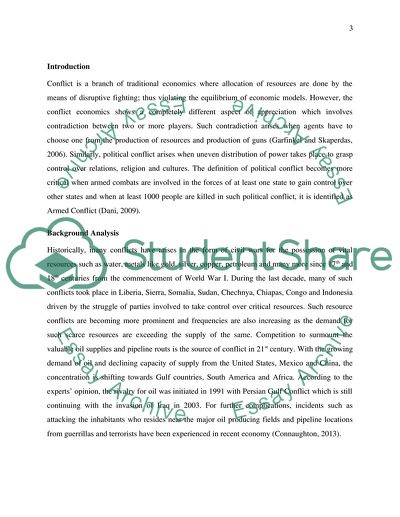Cite this document
(“How to change the face of conflict Research Paper”, n.d.)
How to change the face of conflict Research Paper. Retrieved from https://studentshare.org/macro-microeconomics/1673269-how-to-change-the-face-of-conflict
How to change the face of conflict Research Paper. Retrieved from https://studentshare.org/macro-microeconomics/1673269-how-to-change-the-face-of-conflict
(How to Change the Face of Conflict Research Paper)
How to Change the Face of Conflict Research Paper. https://studentshare.org/macro-microeconomics/1673269-how-to-change-the-face-of-conflict.
How to Change the Face of Conflict Research Paper. https://studentshare.org/macro-microeconomics/1673269-how-to-change-the-face-of-conflict.
“How to Change the Face of Conflict Research Paper”, n.d. https://studentshare.org/macro-microeconomics/1673269-how-to-change-the-face-of-conflict.


